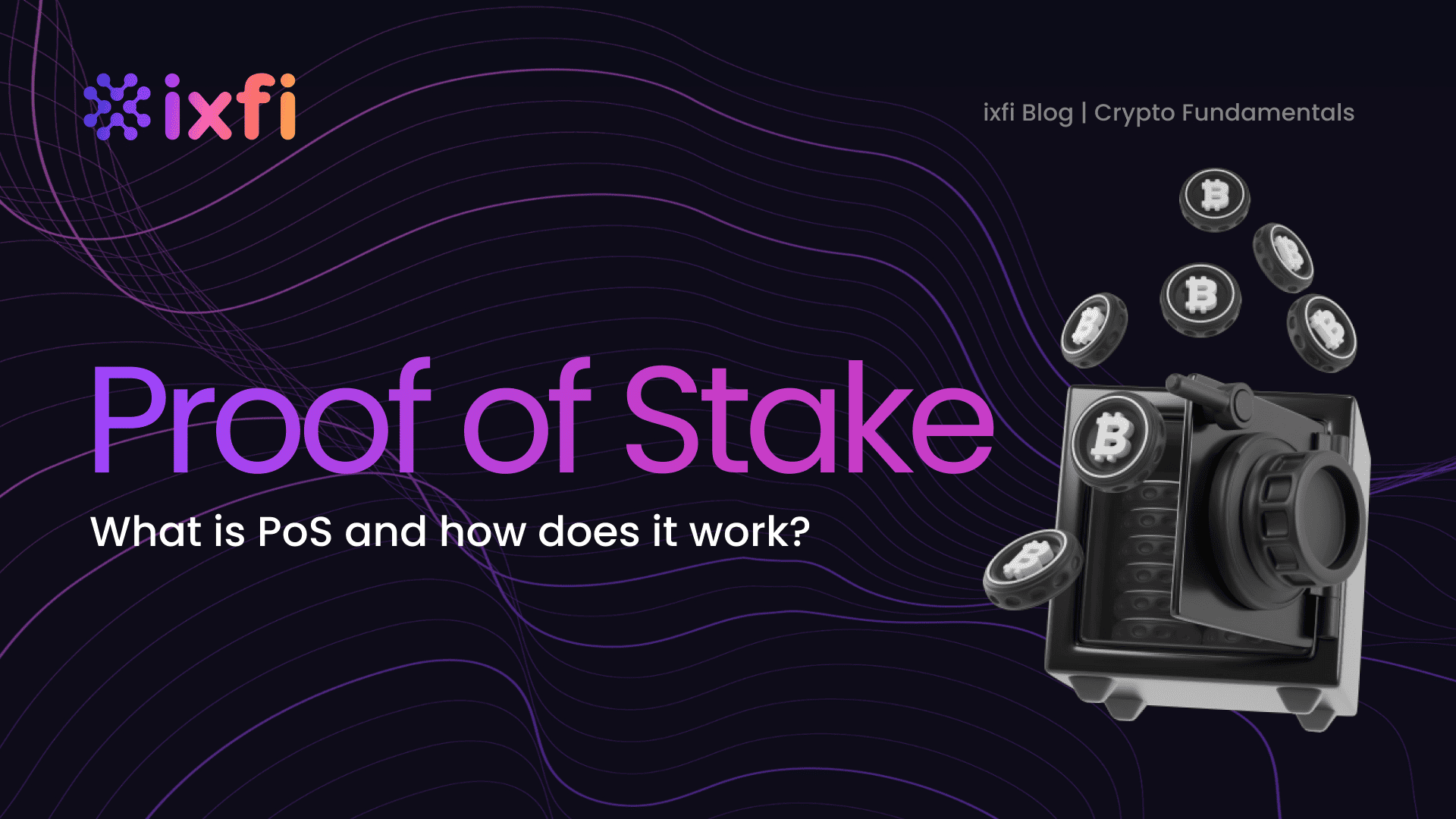Proof of Stake (PoS) is a consensus mechanism used by blockchain networks to validate transactions and create new blocks. For those unfamiliar with the concept, PoS allows validators to create and validate blocks based on the cryptocurrency they hold and “stake” in the network.
People are in crypto to make money like they are involved in other markets. This is why the crypto market is beautiful, thanks to much higher profits than any other. Whether we talk about more conventional and secure coins or risky projects and trading. However, most of the time, making money is a challenging thing. Hence, we often run into technical details related to the blockchain to understand how a network works, what it is based on, and why it appeals to people – which, in the end, is why the price of cryptocurrencies increases or decreases. And we must talk about Blockchain by mentioning the consensus mechanisms behind the technology.
What is precisely Proof of Stake?
Consensus mechanisms are algorithms used in Blockchain and other IT systems to synchronize responses received from multiple distributed processes. For example, suppose these run simultaneously, as with crypto data networks. In that case, the system needs to choose a single value from what it receives at a given time, ensuring consistency between the information received and recording everything in the network.
Proof of Stake refers to a category of such consensus mechanisms that work with transaction validators who stake a certain amount of the native currency of the respective Blockchain. This emerged after the Proof of Work mechanism due to the high energy consumption required for the calculations performed.
How does PoS work?
Depending on the network, a validator must have a certain amount of coins locked in stake (for Ethereum, the limit is at least 32ETH to form a node) to ensure the security and integrity of the data chain. In addition to direct validators, there are also staking pools that can act as validators. The Proof of Stake protocol selects validators based on the number of coins to validate and confirm transactions on the immutable data network, adding blocks to the chain and generating coins, from which validators take a percentage of the work done.
The process uses smart contract technology, known mainly due to Ethereum, which has just transitioned from Proof of Work to PoS. After creating a new block on the network, it is also voted on by a randomly selected group of validators to add an extra level of security to the network. The process is calculated over time through slots or epochs, depending on the network.
What benefits does it bring?
Given the current state of the Blockchain industry, we can discuss the benefits of comparison with other existing consensus mechanisms, including PoW. Unlike PoW, PoS consumes less electricity because we no longer need calculations. Hardware requirements are limited because we do not need something compelling like PoW, and attacks are only possible if possible. It is challenging to try because spending a lot of money is necessary.
What are the criticisms made by people in crypto about the system?
Criticisms of PoS say that the system risks removing the concept of decentralization, requiring addresses and validators to confirm transactions. But, then, regardless of the security threats, if the system chooses validators based on how many coins they have at stake, it means that it would work on a preferential system, where those with large amounts of coins would gain the most rewards and could have significant control over transactions.
On the other hand, we can also argue similar things about Proof of Work. In conclusion, it all comes down to how we interpret this system and how many improvements will be made over time, changes that can be based only on models that we already have.
Anyone can become an investor. We are building a crypto community where everyone is welcome. Create an account on IXFI today and benefit from over 350 cryptocurrencies and exclusive rewards offered through monthly promotional campaigns.


